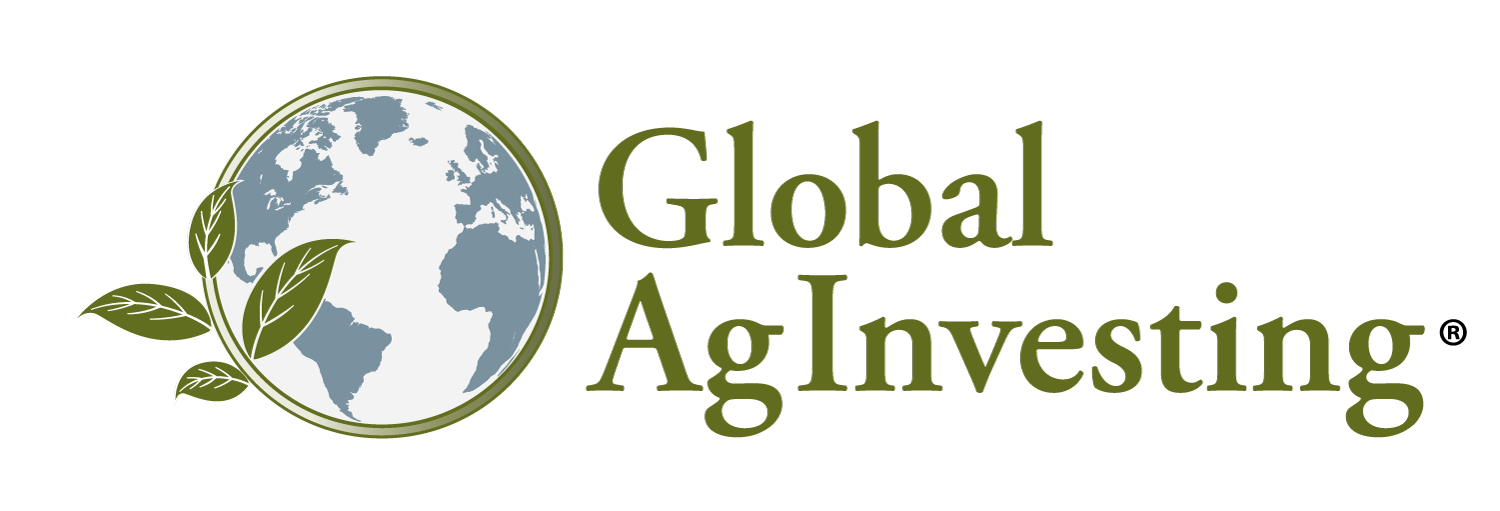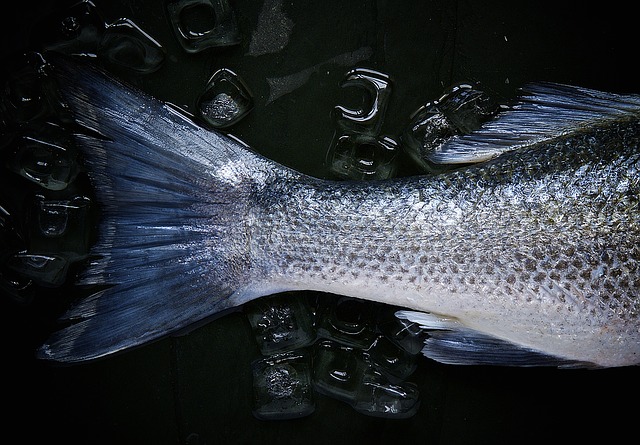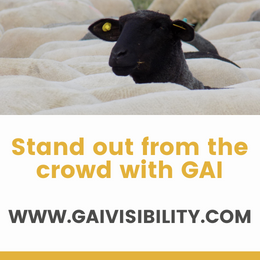January 26, 2021
photo credit: Grieg Seafood
By Lynda Kiernan, Global AgInvesting Media
Grieg Seafood is now one-third owner, along with smolt and post-smolt company Vest Havbruk and investor group Omfar, in Årdal Aqua – a joint venture to produce at least 3,000 tons of harvest-sized salmon per year in a new land-based facility in Rogaland, in Southern Norway.
Currently in its design development phase, the project, which marks Grieg as the first global salmon producer to invest in land-based salmon farming, is on pace to begin construction in autumn 2021 with a yearly production capacity of 5,000 tons, and with plans for future expansion.
“We are working hard to improve biology and fish welfare, and to reduce our impact. For a long time, we have invested in post-smolt, where we keep the fish longer on land before we release it into the sea, as an important part of the solution. With Årdal Aqua we will be able to develop this farming method further. We aim for all of our fish in Rogaland to spend less than one year in the sea,” said Andreas Kvame, CEO, Grieg Seafood and chair of Årdal Aqua.
Initially the joint venture will deliver at least 3,000 tons of post-smolt to Grieg Seafood’s sea farms in Rogaland, but eventually, is aiming to gradually produce salmon to harvest-size on land.
“Through our post-smolt investments we acquire competence on how to produce larger fish on land,” said Kvame. “Based on this knowledge, Årdal Aqua will also grow fish all the way to harvest size. We will take a step-by-step approach, as we know how complex biology is.”
Since 1980, global consumption of salmon has more than tripled as demand for protein also climbed. And as wild stocks grow more depleted, salmon farming is stepping in to bridge the gap between market demand and production, with expectations that the market volume will grow at a CAGR of 3.9 percent between 2019-2024 to reach 4.7 million tons.
This market outlook has made salmon farming a focus for investors and large-scale farming projects. And as demand continues to soar, commercial-scale, land-based salmon farming developments are being announced around the world.
In March 2020, 8F Asset Management raised $358 million to fund a global expansion that would see Pure Salmon RAS facilities established in Poland, Japan, France, and the U.S. That same month Salmon Evolution raised NOK258 million (US$22 million) from both existing and new shareholders to support the development of its major land-based salmon farm in Fraena, Norway.
In November 2020, Pure Salmon announced it was investing another $228 million in its Virginia production facility, marking one of the largest private equity investments in the region.
This project, dubbed “Project Jonah”, will result in “the world’s largest vertically integrated indoor aquaculture facility”, which will use RAS technology from AquaMaof Aquaculture to produce 20,000 tons of salmon per year.
Local Ocean, a registered land-based firm in Boulogne-sur-Mer in northern France, announced plans in September 2020 to build a recirculating aquaculture system (RAS) for the farming and production of farmed salmon that would be the second RAS salmon operation in the country – which is the third largest importer of Norwegian salmon in Europe following Poland and Denmark.
And global seafood giant Dongwon Industries, the parent company of Starkist, is also launching a major land-based salmon farming project in South Korea, investing $168.5 million on a 116,000 square-meter site in Gangwon Province.
Kvame, CEO Grieg Seafood and chair of Årdal Aqua, underscored the belief that different farming technologies and production methods will act in a complementary way in the future.
“With continuous improvements that reduce the impact from our sea farms, something we work a lot on, farming in the seas will still be the main component of the industry going forward,” said Kvame. “Land-based farming is, however, a great supplement, and we look forward to taking part in the development of this technology. What we know for sure is that the world will need a lot more healthy and nutritious food with the lowest possible impact.”
To reduce its impact, improve fish welfare, and increase biological control, Grieg Seafood is focusing on its post-smolt strategy in ways that would reduce the time spent by fish in open net pens in the sea. This strategy is being piloted in Rogaland with post-smolt production at the freshwater facility Trosnavåg and the post-smolt joint venture Tytlandsvik Aqua.
The company is also making investments in its post-smolt activities at its new freshwater facility under construction in Gold River in British Columbia, its new freshwater facility in Newfoundland, and its post-smolt joint venture in Finnmark.
Grieg stated it will disclose investment and financial details regarding Årdal Aqua upon the completion of the design development phase of the project.
– Lynda Kiernan is editor with GAI Media, and is managing editor and daily contributor for Global AgInvesting’s AgInvesting Weekly News and Agtech Intel News, and HighQuest Group’s Oilseed & Grain News. She is also a contributor to the GAI Gazette. She can be reached at lkiernan@globalaginvesting.com

Let GAI News inform your engagement in the agriculture sector.
GAI News provides crucial and timely news and insight to help you stay ahead of critical agricultural trends through free delivery of two weekly newsletters, Ag Investing Weekly and AgTech Intel.




